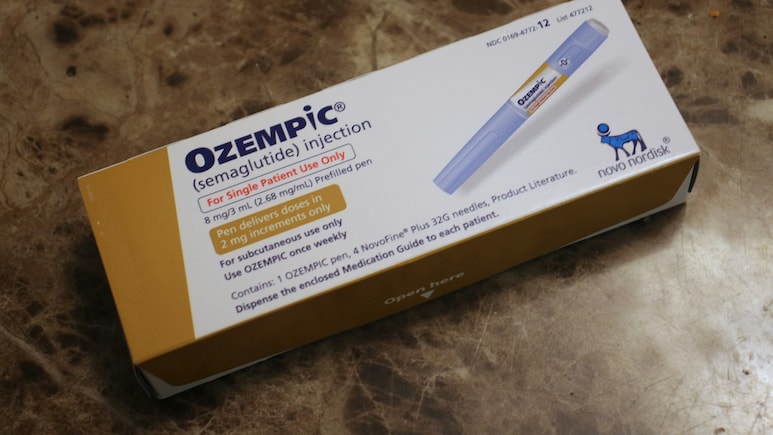
GLP-1 medications, Ozempic and Wegovy, may disrupt cancer imaging and its diagnosis, new research has revealed. GLP-1 agonists were first designed for type 2 Diabetes treatment, but over time, they grew popular for their non-approved use in weight loss.
GLP-1 (Glucagon-Like Peptide-1) is a hormone that helps lower blood sugar and control appetite by increasing insulin and slowing digestion.
The adverse effects of GLP-1 weight-loss medications have varied from mild to bizarre, ranging from deflated breasts and unexpected pregnancies to drooping jowls and sulphurous burps. Now, radiologists and imaging experts have identified a new issue: patients on these medications exhibit different uptake patterns on PET-CT scans.
According to recent research from imaging provider Alliance Medical, individuals on GLP-1 receptor agonists may exhibit abnormal FDG (fluorodeoxyglucose) uptake patterns in PET scans.
FDG, a radioactive material used in PET scans, enters the bloodstream and is absorbed by tissues. Due to their greater metabolic rate, cancer cells and other abnormal cells, such as those implicated in inflammation, absorb more FDG.
The FDG's radiation is detected by the PET scanner, which produces pictures that show the areas where the material has accumulated, according to UConn Health.
The study's participating physicians stated that they discovered the anomaly in a single patient receiving GLP-1 treatment, which led to a more extensive retrospective analysis of imaging in their network.
Researchers discovered that although the changed uptake patterns are "increasingly common," there is currently no official advice for interpreting PET-CT scans in GLP-1 users.
"We noticed unusual uptake in one of our patients on a GLP-1 agonist, which prompted a wider review across our network," according to a statement from Dr Peter Strouhal, medical director of Alliance Medical Ltd. in the UK and the study's principal author.
"We found that these changed patterns are increasingly common, yet there is currently no national or international regulation in the UK addressing this emerging issue," he added.
Unaware of a patient's usage of these medications, a radiologist or oncologist may assume that "hot spots" on an image are caused by cancer or inflammatory disease, which could result in more biopsies, therapies, or concern. Worse, they can overlook a real lesion that is hidden by the altered uptake.
The use of GLP-1 medications (semaglutide, liraglutide, etc.) has skyrocketed in recent years due to their ability to help people lose weight as well as their involvement in managing type 2 diabetes. In the United States, the usage rose by around 700 per cent between 2019 and 2023, according to The New York Post.
According to a Kaiser Family Foundation poll conducted in 2024, around one in eight people in the US report having used a GLP-1 drug such as Ozempic, Wegovy, or Mounjaro.
Experts now do not advise patients to cease using GLP-1 drugs prior to imaging. Instead, they recommend that imaging centres and clinicians should record drug histories in order to identify possible interference in scan interpretation.
Track Latest News Live on NDTV.com and get news updates from India and around the world

